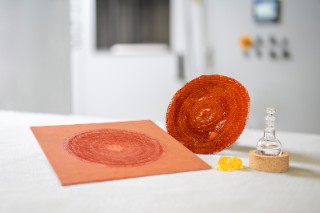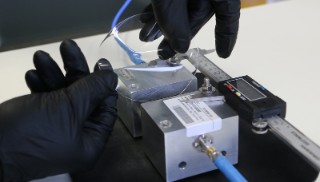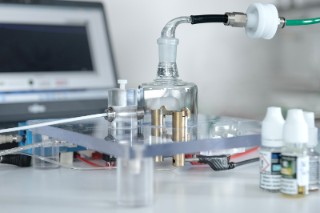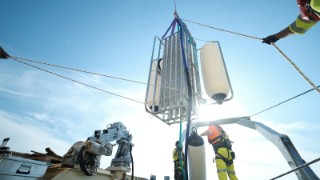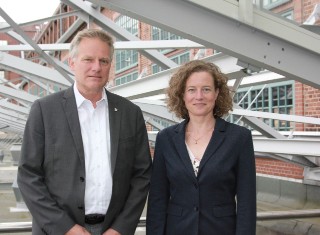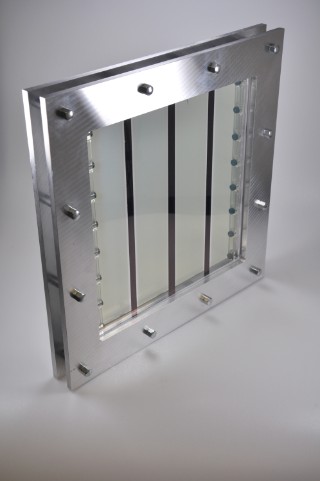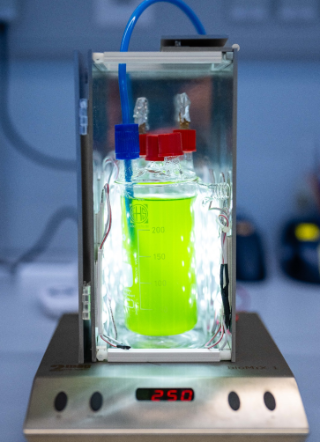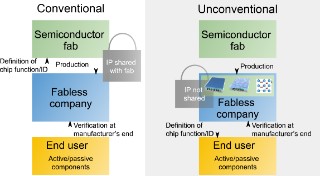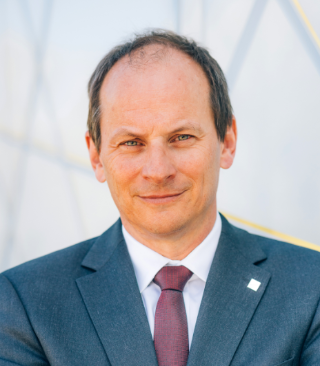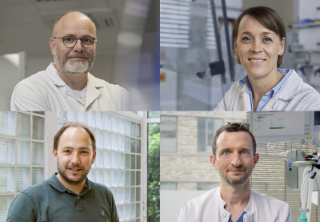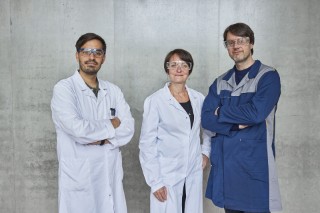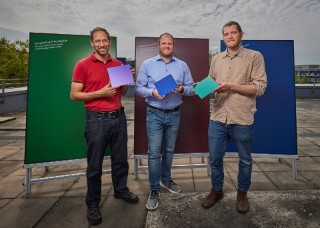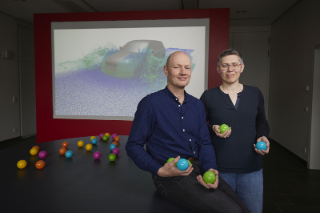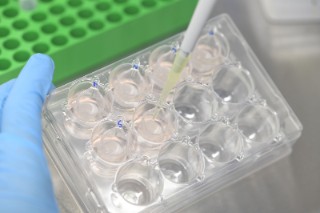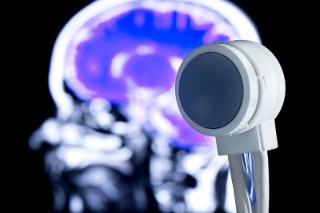Offshore wind energy / 2024
Mobile Test Platform for Offshore Wind Turbines
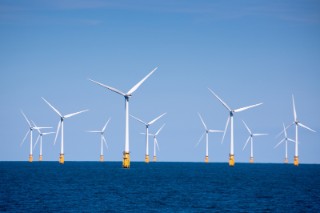
Public power grids are highly complex systems. Wind turbine manufacturers have to comply with technical guidelines when connecting new turbines to avoid putting grid stability at risk. In the Mobil-Grid-CoP project, researchers at the Fraunhofer Institute for Wind Energy Systems IWES have developed a mobile test platform that enables realistic tests to be performed at full load, even on offshore wind turbines out in the open. The technology is assisting in the process of validating and certifying turbines and is supporting the transformation of the energy supply with a view to using more renewable energy sources.
more info